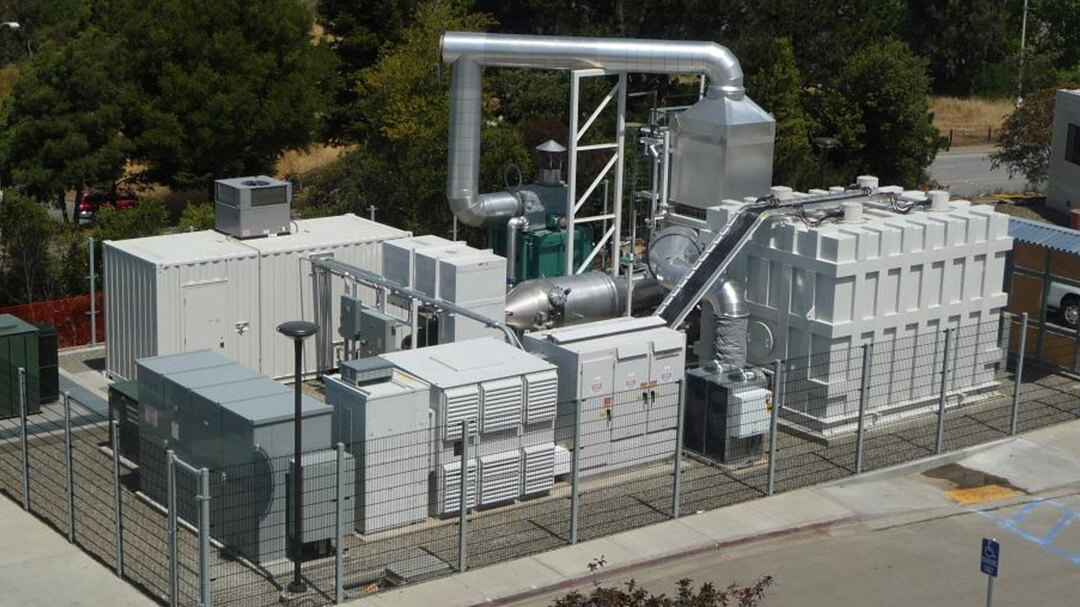![]()
![]()
![]()
![]()

FuelCell Energy's platforms can help universities reduce power costs and advance their sustainability goals. Fuel cells emit water vapor rather than pollutants. Heat generated by the fuel cells can be used for facility heating to reduce or replace the need for combustion-based boilers.
The plant's clean emissions profile, combined with its compact design and quiet operation, make it easy to site on campus. When configured as a microgrid, the plant can provide a continuous supply of power to critical infrastructure in the event of a grid outage.




Combustion-based power generation creates harmful emissions such as nitrogen oxide (NOx), sulfur dioxide (SOx), and particulate matter (PM). NOx and SOx emissions can result in smog and adverse health effects. PM emissions are a public health concern and can result in respiratory issues.
Our fuel cell system's combustion-free process creates electricity that is virtually absent of pollutants, supporting campus sustainability goals and promoting public health. Universities continue to be early adopters of fuel cell technology, saving hundreds of thousands of dollars each year while reducing NOx, SOx, and CO2 emissions.
![]()
80 %
of energy used by universities is consumed in campus buildings.
Source: Environment America
![]()
14 Billion
dollars spent annually on energy by educational institutions in the U.S.
Source: EPA
![]()
91 %
of students say their university should promote sustainability.
Source: Princeton Review

800000
dollars a month is how much one university saves from its microgrid.
Compared to the local grid.
FuelCell Energy’s team is here to support you every step of the way. We’ll work to learn the details of your operation and recommend the best configuration to meet your goals. Let us know how we can help.
Idaho National Laboratory Testing of FuelCell Energy’s Electrolyzer to Show Further Commercialization Opportunity for Nuclear Power Plants Learn more